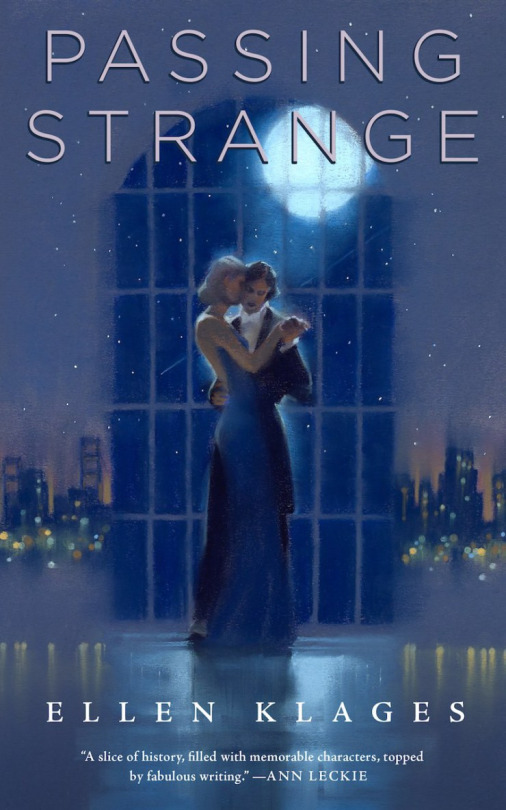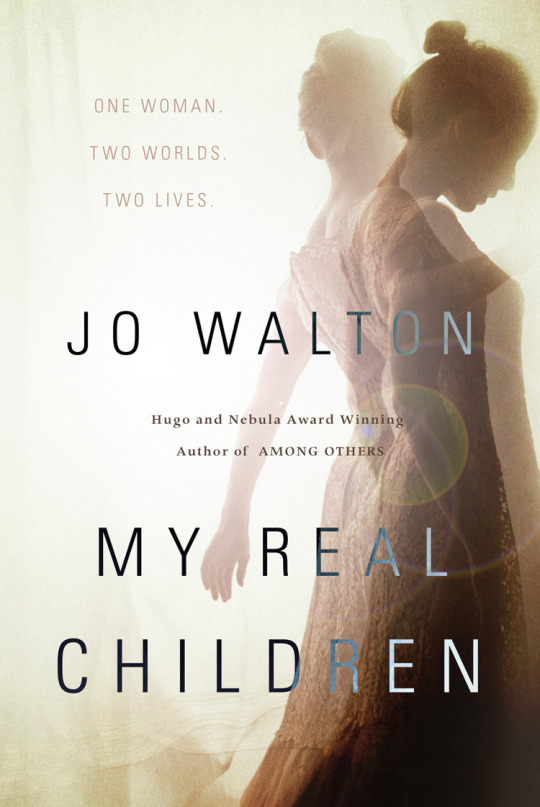Tachyon tidbits featuring Ellen Klages, Peter S. Beagle, Kage Baker, Nancy Kress, and Jo Walton
The latest reviews and mentions of Tachyon titles and authors from around the web.

Ellen Klages (photo: Scott R. Kline), Peter S. Beagle (Paul Todisco), Kage Baker, Nancy Kress (Ellen Datlow), and Jo Walton
For THE NEW YORK REVIEW OF SCIENCE FICTION, Fran Wilde reviews two recent Ellen Klages books.
In a similar way, Ellen Klages has combined physics and magic in not one but two books published during the turbulent spring of 2017. More than that, PASSING STRANGE, a novella from Tor.com publishing, and WICKED WONDERS, a collection of short stories from Tachyon Publications, seem at first glance to be entirely separate entities, but they, too, connect when folded properly.

Side characters in PASSING STRANGE, including Franny and Polly, have featured stories in WICKED WONDERS. These moments where the books meet up feel like magic in their own right as the world suddenly becomes bigger within the boundaries of Klages’s plots.
Klages is practicing a certain magic of her own between the two books because Franny isn’t the only one who combines magic and physics. The cartographer has a second counterpart in WICKED WONDERS: Mrs. Zeno, who with a friend splits a piece of cake into particles that allow many worlds to exist at the same time in “Mrs. Zeno’s Paradox.”
Klages says in her story notes that she folded together manners and physics to arrive at “Mrs. Zeno’s Paradox.” This is something she does again and again: folds disparate ideas and themes together to form new worlds.

That Klages is toying with the laws of physics both on and off the page as a cat plays with a string or as a magician connects torn pieces of paper into a unified whole will come as no surprise to those who know her. That she’s laid this unity across two spectacularly different, altogether wonderful books and invited us to play along as well?
That’s the magic of it.
GREEN MAN REVIEW recounts some kind words that Kage Baker said about Peter S. Beagle’s work.
Our What Not is about Peter S. Beagle, who is not only of one our best storytellers ever, but also without doubt one of the best loved as well. We decided to ask some of the many writers who’ve passed through our pub, errrr, offices what their favorite piece of fiction by him was, and why so. Their answers run from the obvious choices, i.e. THE LAST UNICORN, to some that greatly surprised us.

Kage pondered her answer — ‘How to decide? THE LAST UNICORN probably had the greatest effect on me, reading it as I did at an impressionable age and learning there that fantasy could cut through the mannered, medievalist crap and speak sharply of real life. I SEE BY MY OUTFIT delighted me and still does, as it must delight anyone who has ever been young, dumb, brave and ON THE ROAD. To take off across the country on motor scooters (of all things), sleeping in tents, trusting in fate, having adventures — yeah!! But my all-time favorite Beagle character I met in THE INNKEEPER’S SONG: the little, little fox with soft fur…’
At B&N SCI-FI AND FANTASY in Mind Meld: Science Fiction, Technology, and Society, Marissa Lingen discusses BEGGARS IN SPAIN by Nancy Kress and Rahul Kanakia recommends Jo Walton’s MY REAL CHILDREN.
When I was fifteen, one of the science fiction novels I fell in love with was Nancy Kress’s BEGGARS IN SPAIN. I go back to it over and over again as an influence, especially for questions like this one about science and society. Kress’s genetically engineered Sleepless form a subculture of their own, with new paradigms and ways to relate. They face suspicion, fear, and prejudice from the larger culture–and form their own suspicions, fears, and prejudices towards it. The substance of the book is the resolution of that tension from both sides: finding an interrelation and a coexistence even when it felt like there was nothing that either could give the other. I think a lot of smart teenagers need that message: that isolation and withdrawal are not the answer, no matter how much it may feel like it in the throes of high school. I’ve carried that essentially ecological view with me ever since.

One of my favorite science fiction novels of the last decade was Jo Walton’s MY REAL CHILDREN. This book, which won last year’s Tiptree Award, concerns one woman whose life diverges as the result of a fateful decision early in the book. From thenceforward the book is told in alternating chapters that detail the two very different courses her life takes. Both of her lives have their ups and downs, their joys and sorrows, but they are far from equal. In one she finds enduring love, friendship, and meaningful work, and in the other she must struggle to find anything worth holding onto. Both lives also take place in very different futures, and these futures influence the course of the lives, but they do so subtly. The stunning climax of this book really brought home to me the truth that every life is so singular and unique. In our fiction we’re often tempted to turn our characters into avatars of their times. We think people who live in totalitarian dystopias have to be sad and oppressed, while people who live in forward-looking Galactic Empires must obviously be full of zest and adventure. But the truth is clearly much more nuanced than this, and it’s in analyzing this interplay between the personal and the global that MY REAL CHILDREN really has something new and fresh to contribute.

For more info on WICKED WONDERS, visit the Tachyon page.
Cover design by Elizabeth Story
